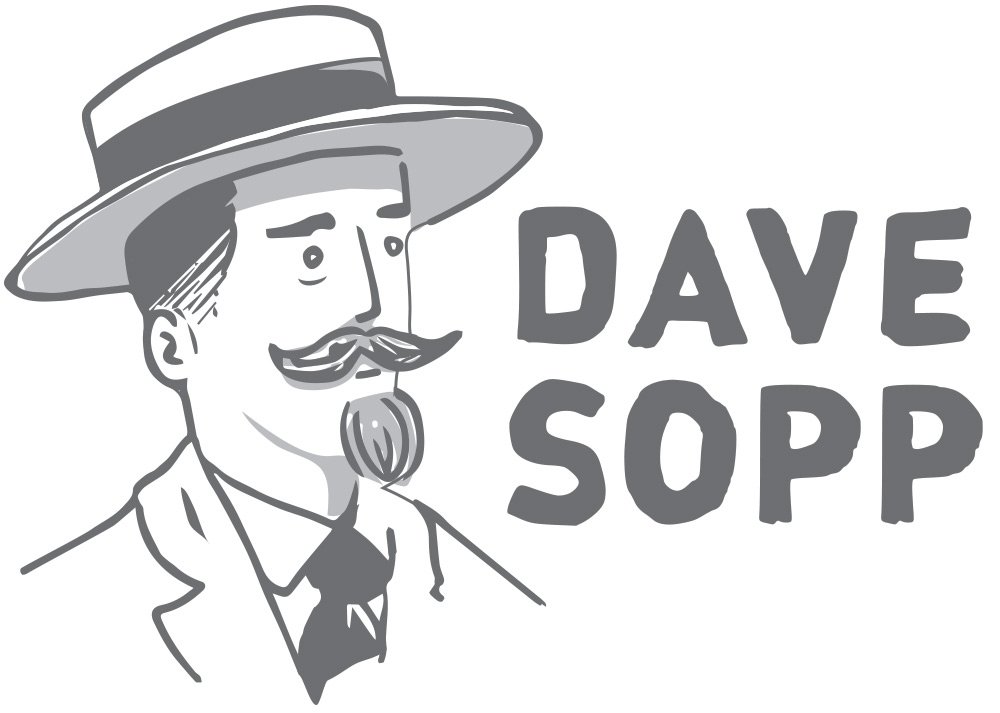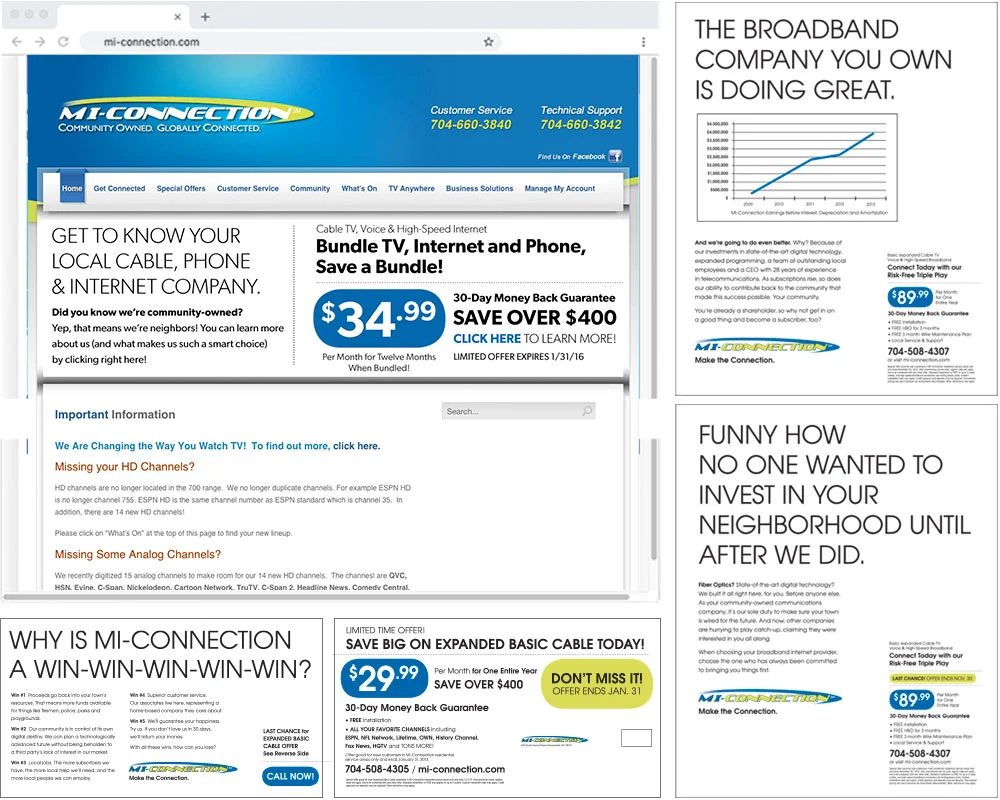Design > Product
I know I say this a lot, but making things is hard. There are lots of moving parts to get right, no matter what it is. If you’re a small business, you’re likely struggling to bring it in for a manufacturing cost you can afford, and with a retail price your customer can afford. Not to mention, I’ve had a lot of things come from the factory damaged (it happens) which is a double whammy because you have lost capital plus lost sales opportunity. Because of that, I’m always looking for a way to make things that would eliminate the likelihood of disaster, or to roll with it (like Mysterio did).
I decided on a plush project. It would be one form factor; two different sizes. It would have a flat front, a flat continuous side panel, and a flat back. It’d be made of canvas, filled with fluff and a layer of beans at the bottom so the doll would stand on its own. Easy, right? The fun part would be designing characters on this plush blank canvas. I’ve always been a big fan of art toys. Take Frank Kosik’s Labbit series or the Dunny characters, for example. So smart and simple, and endlessly fun. I’d call my art plush project, Stuf.
FINAL: This is the plush line I created called Stuf. Simple dolls with bean bases (so they stand on their own). Art toys that kids could use as playthings, puppets, or pals. Simple, clean, bright, and fun.
EARLY: I hit on the shape I wanted for all the Stuf dolls to share and here’s a little peek at some of the sketch work. I made paper models (complete with fill) to see if they had the physical presenceI wanted them to have. Yeah, I’m weird that way. I started off thinking I just wanted to make really graphic little characters, but it soon grew to all kinds o possibilities.
EARLY: OMFG. I designed the simplest thing ever so I’d avoid any production disasters. What I got was the exact opposite. Look, I’m good at specing out product for factories (US and overseas).. I was thorough with the instructions for what I wanted (lower right corner). But if it could go wrong it did. The shape, fabric, color, structure…UGH. With my detailed instructions I even included the paper doll shot from above. They assumed I wanted puffy faces sewn on. < sigh >
I didn’t have a lot of money to invest in Stuf. And this plush wasn’t even something that fit with everything else I was designing for Wrybaby. So it was a creative experiment, for sure. I had to begin by getting manufacturing costs, and then from there, work out what I could do. For example, I’d initially wanted to make every doll different. Just create a lot of fun art pieces that would live under a brand story. Once the costs came in, Kelly and I figured we’d be better off creating a handful of Stuf “families” instead. That way each family could be a story, and the likelihood of success was higher overall. Why? Because if I created, say, 20 of one-off Stuf characters, what if people LOVED three and they sold out? I’d be stuck with 17 slow sellers and no way of re-investing in the three that worked. Get it? If you group families, there’s an incentive for people to buy multiple pieces in a family they’re drawn to. I’ll come back to this later.
Anyhoo, it worked out that we’d make 4 Stuf families. Each made up of 4 small dolls and one big Stuf doll. You should see all the preliminary sketches I did (so many!). It was a blast, but I really wanted to make them all. The two deciding factors for the themes we went with were: current trends; and our instinct for what we knew would be attractive to Wrybaby’s wholesale clients. Pirate Stuf, Bird Stuf, and Robot Stuf were an easy leap for stores. We went with Developmental Stuf because it was a link to Wrybaby’s parenting wheelhouse. Think of it as a safety move. If the others didn’t work, at least there was a solid baby offering.
FINAL: A closer look at Pirate Stuf. I gave each pirate his (or her) own little character attributes for kids to build on. A parent once called me to say her son, who’s afraid of the water, found great comfort in his Shaggy Dan. Honestly, that alone made all the Stuf headaches worth it to me. Oh, and Pirate Sue really IS nothin’ but trouble! Hahaha
FINAL: Some Stuf dolls shared pattern on the back, but had extra credit on the side panels, like Circus and Robot Stuf. I especially like how the rosy=cheeked lion sits on a little performance pedestal.
FINAL: We pulled everything along with Stuf’s clean “European art toy” aesthetic through to it’s website and retail packaging. We made plaques for each Stuf family that made them look so special on retail shelving. And later we’d even build wood and canvas backdrops for each Stuf family.
FINAL: Yep! I made Stuf backpacks! The funnest part was the side water bottle pockets. The Owl’s pocket said SEEDS, and the Circus Elephant’s pocket said…wait for it…PEANUTS! Of course. :-)
We’d thought of every little thing except one. That the factory would fuck us. Oh boy, did they ever. We were working with a liason in the states who touted Gap experience and pull with a factory who was rich with Disney experience. As simple as this project was, it was a complete shock when the complete Stuf shipment arrived and only 25% of it could be sold. Yeah. While the samples they sent for approval were great, the final dolls were misprinted, sewn terribly, and…grimy. It looked like they ran the fabric over with a greasy forklift before sewing them. Not to ruin the story, but it’s important to expect the best and plan for the worst. No matter how much you try to avoid trouble, it’s inevitable in one way or another.
But as they say, the show must go on. We had to really make sure our sellable 25% s-o-l-d. So we kept to our plan and did something you’d think we would have rethought considering the circumstances. I’ve written about how we built a snooty art brand for Stuf to live under. It was like a high-end art gallery that was only open by appointment and never answered the phone or returned calls. Hilarious and, as it turned out, hilariously effective. Stuf would soon be sold in major art museums across the country from SF MOMA to NY MOMA (you can see the complete list here).
Stuf sold through that first terrible shipment and we were able to find a new factory to make a disaster-free second round. Encouraged by Stuf’s success, we designed Stuf backpacks and we added hand-made wood and canvas backdrops for playtime with each Stuf family. OMG, the trade show booth that I designed for Stuf is still one of the best booths I’ve ever done. But that’s a whole other story.
DAVE SOPP – Creative
Yep, that’s me. I’ve got over 20 years of marketing strategy, graphic design, advertising art direction, and illustration experience. Want to use some of it? Email me at dave@davesopp.com
















































